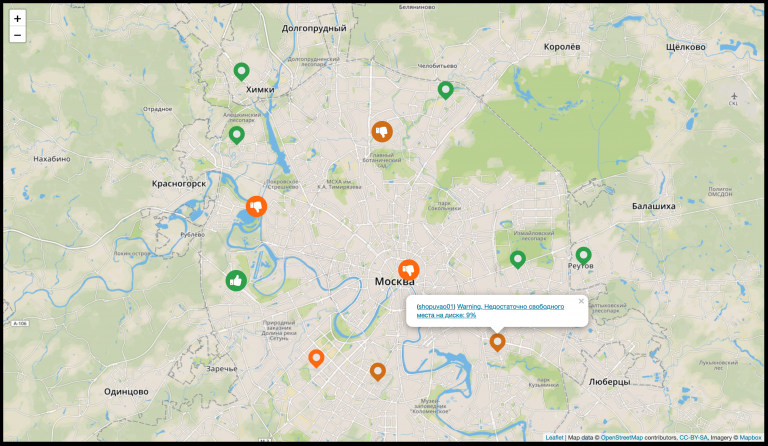Review of existing automation schemes of IWP. Regulatory laws
In the context of rapid technological development and increased attention to energy efficiency issues, automation of individual heating points (ITP) is becoming an integral part of modern engineering solutions. Automated control systems allow not only to optimize the operation of heating points, but also to significantly reduce operating costs, increase the reliability and accuracy of control of coolant parameters. This material was prepared by us, a scientific group from the Moscow Power Engineering Institute.
In the automatic control system of the IHP, it is necessary to take into account not only the control method relevant for a given season and type of object (which we have already considered in our article earlier), but also the dynamic characteristics of the object. To take them into account, continuous-action regulators are used, which have different control laws, under which the patterns of change in the output signal of the regulator are accepted depending on its signal at the input. Control laws are the basis for automatic control of technical objects.
To quickly respond to changes in the thermal conditions in the room, the regulators are controlled by electric drives. The following control laws are distinguished:

The positive and negative axes Q indicate the heat input and heat loss of the room, t is the increase and decrease of the controlled parameter, h is the direction of movement of the valve shutter to open and close.
proportional – with such regulation, the change in the thermal state of the object corresponds to the movement of the valve shutter, also when using it, it is necessary to take into account the influence of the share of pressure losses on the maximum open valve from the available pressure of the regulated section on its flow characteristic. Taking into account the influence is necessary to eliminate residual unevenness of the regulated parameter.

integral – with this law, the movement of the valve shutter is proportional to the integral of the deviation of the controlled variable;
proportional-integral – the peculiarity of the regulation process is the combination of a proportional component, which ensures a high-quality process of transition to a new position of the valve shutter, and an integral component, which allows, by creating oscillatory movements of the shutter, to resume the regulated parameter without residual unevenness.

The principle of proportional-integral control
This capability is provided by the use of elastic feedback between the controlled parameter and the control valve. Such a law has a special advantage when implemented for buildings with enclosing structures that have low thermal inertia.
proportional-integral-differential (PID) – with this type of regulation, the valve shutter movement depends on the acceleration of the change in the controlled variable in addition to the speed. For controlled objects with a low rate of change in operating parameters, the D-component can be approximately taken as zero.
In practice, PI controllers or PID controllers with a very small value of the differentiation coefficient Kd, which actually tends to zero, are often used in automation systems of heating stations. This is due to the high inertia of the processes occurring in heating, ventilation and air conditioning systems. In such cases, PI controllers are often sufficient to maintain the required parameters.
It is also worth noting that the differential component of the controller amplifies high-frequency noise and interference that may be present in the system. And the flow rate of the coolant at the entrance to the heating system is influenced by many factors, which is why it is not ideally constant. This can lead to unwanted pulsations in the output signal. PI controllers are easier to configure and stabilize compared to PID controllers.
Authors of the material: Temrina D.N., Guzhov S.V.






